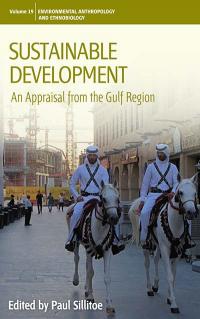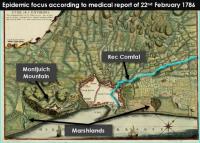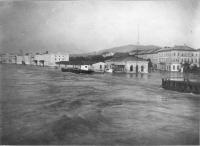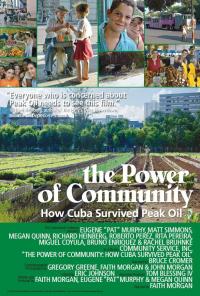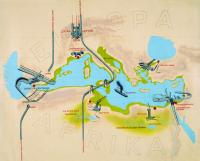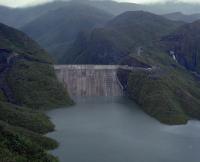Show search results for
Why Is Human Niche Construction Transforming Planet Earth?
Ellis argues that the unparalleled capacity of human societies to construct ecological niches at growing social and spatial scales has allowed them to alter the Earth permanently and profoundly.
Der gezähmte Prometheus: Feuer und Sicherheit zwischen Früher Neuzeit und Moderne
Der gezähmte Prometheus traces large fire catastrophes and the rise of the insurance business from its beginnings in fifteenth century Europe to its boom in nineteenth century globalized metropoles across the world.
Marshlands, Sanitation Policies, and Epidemic Fevers in Late-Eighteenth-Century Barcelona (1783–1786)
A tertian fever epidemic occurred in Barcelona from 1783 to 1786 and affected approximately one million people.
Mumps in the Post-Secondary Environment: Targeted Advertising in the 2007–2008 Alberta Mumps Vaccination Campaign
In 2007/2008 a gendered ad campaign was used in Alberta, Canada, to encourage post-secondary students to undergo mumps vaccination. This ad campaign can be seen as the result of a confluence of factors unique to a campus environment.
The Overrated Effect of Cholera and Typhoid Fever on Sanitary Reform: The Case of Linz
Cholera and typhoid fever did play a role in sanitary reform in Linz/Donau, but cannot be interpreted as the trigger of these reforms.
The Cattle Guard
Etienne Benson considers the role that material interventions into the vernacular landscape play in solidifying our understandings of bodily difference across species.
Contrasting Transitions | Energy Transitions
In this chapter of the virtual exhibition “Energy Transitions,” historian Nuno Luís Madureira writes about different kinds of energy-regime shifts and their preconditions.
Imagining Transitions | Energy Transitions
In this chapter of the virtual exhibition “Energy Transitions,” historian Nuno Luís Madureira discusses the drivers of future transitions in the light of past ones.
Photograph of Golillas Dam in Colombia, 1982
The Golillas Dam, one of the works of the Chingaza Páramo project, was the largest infrastructural project in the history of water supply for Bogotá during the twentieth century.


